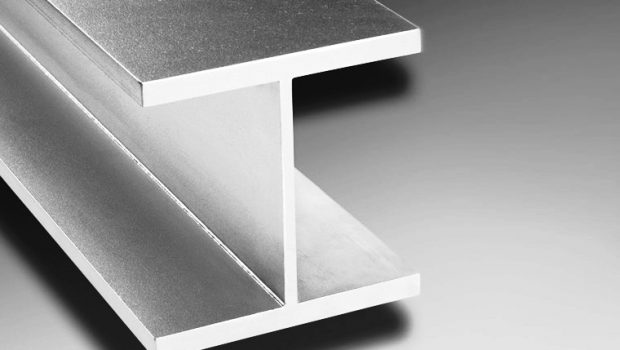How to Choose an I-Beam?
Choosing the steel I-beam can be a real problem, when you don’t know the parameters and the needful terminology. But still, choosing the right steel I-beam is crucial, as it is the first step towards correct structural design. So, in order to pick the right one, you should first get to know the features and the terminology of I-beam.
I-Beam Features
Commonly, the I-beam has the following features:
– Flange Thickness
– Web Thickness
– Fillet Radius
– Flange Width
– Beam Depth
When you are choosing the I-Beam for the first time, most likely those words make absolutely no sense to you, which is absolutely no surprise. In order to understand them you need to check out terminology.
I-Beam Terminology
Flange – it is the top and bottom horizontal sections of the I-beam, that are plate like.
Flange Thickness – is the thickness of the above-mentioned flanges.
Web Thickness – the vertical section of the I-beam is called web, and its thickness is called web thickness.
Fillet Radius – is the portion where the transition between web and flanges happens.
Flange Width – obviously the width of the flanges.
Beam Depth – is the height between the top and bottom flanges of the steel I-beam.
How to Select the I-Beam
When you need to select the I-beam, you can’t avoid calculation. The calculation is fairly easy, and can be done following the next steps:
1. Specify the loading details of the steel I-beam
2. Draw the diagram for the bending moment based on the given details. Thus, you’ll be able to find the maximum value of the bending moment.
3. Choose the estimated size of the steel I-beam.
4. Find out the area moment of inertia of the steel I-beam.
5. Find out the beam depth.
Now, you need to calculate the bending stress. Let’s say M – is the bending moment at the neutral axis, while I – is the area moment of inertia about neutral axis. Beam depth will be d, while f will stand for developed stress. To make the formula complete, you should also add the perpendicular distance of the neutral axis, which we can mark as y. So, you get the formula:
f/(d/2) = M/I according to which, you can calculate the bending stress to pick the proper steel I-beam.
















